Tiamat - Lucy Pankhurst - Euphonium and Brass Quintet |
||
|
Tiamat is an exploratory programmatic work for solo euphonium and brass quintet, one of the new works in The Leading Edge series of contemporary works for euphonium. The title hails the name of a dragon, from the fantasy role-playing adventure game and the 1980s children's cartoon: Dungeons & Dragons. Tiamat is a five-headed dragon. Each head is a different colour and has its own elemental properties:
LIGHTNING/blue (trumpet 1), ACID/black (trumpet 2), ICE/white (horn), FIRE/red (trombone), and POISON/green (tuba)
The instruments of the quintet each represent one of these heads. Each element has its own specific theme in the piece, introduced by its relative instrument. The thematic ideas for each element are intended to be a musical representation of its properties and effects.
LIGHTNING - disjointed staccato notes.
ACID - repeated 3-note pattern, overlapping in texture, abrasive.
ICE - repeated staccato (and stopped) notes with a dim. Brittle, yet sharp.
FIRE - flutter-tongue/trem. effects.
POISON - descending chromatic scale, oozing, seeping.
The ‘rip's in the quintet are intended to be the snapping and biting of the jaws of the dragon.
The solo euphonium takes the role of the hero in the tale, who has sworn to defeat the dragon and restore peace to the surrounding lands.
This publication comes complete with composer biography and performance tips from David Thornton. The work can also be heard on David Thornton’s CD Parallel Realities (WOS079) available on this site.
Duration : 10'
Difficulty Level: 5/6
Supplied with solo part TC and BC and brass quintet score and set of parts
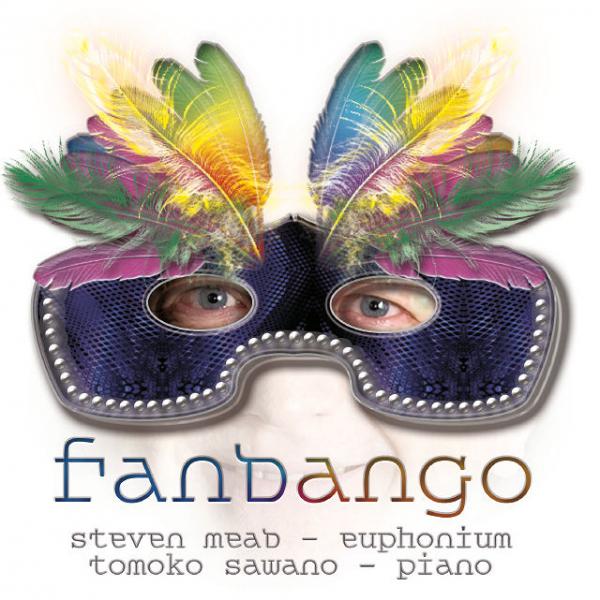
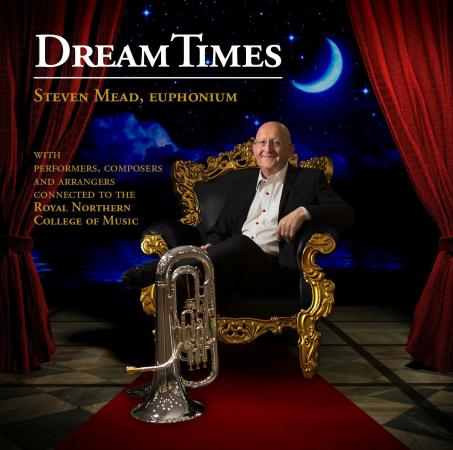
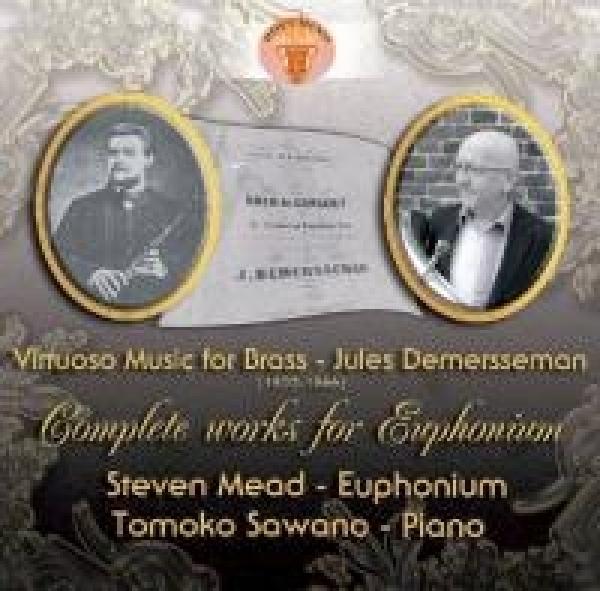

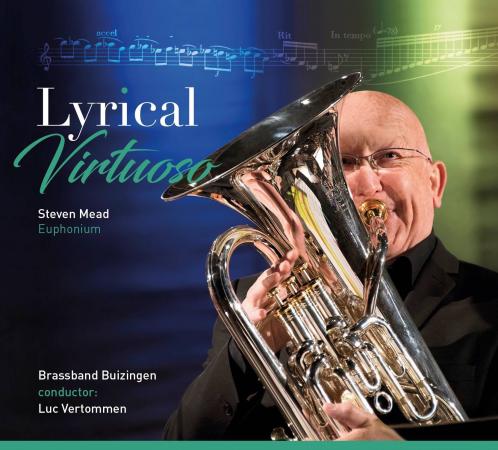
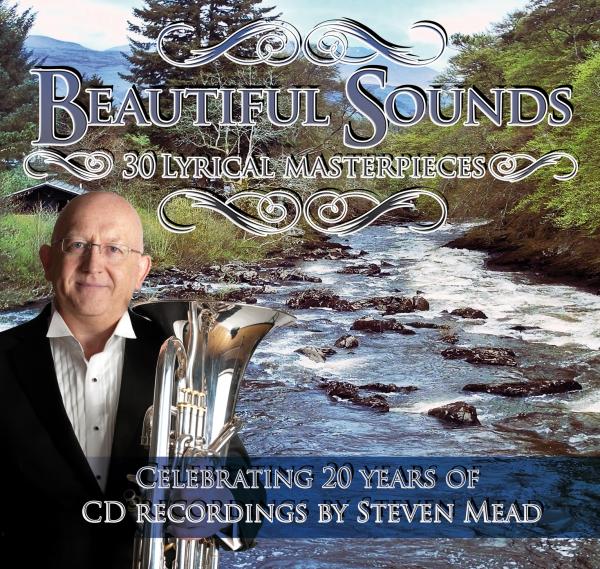
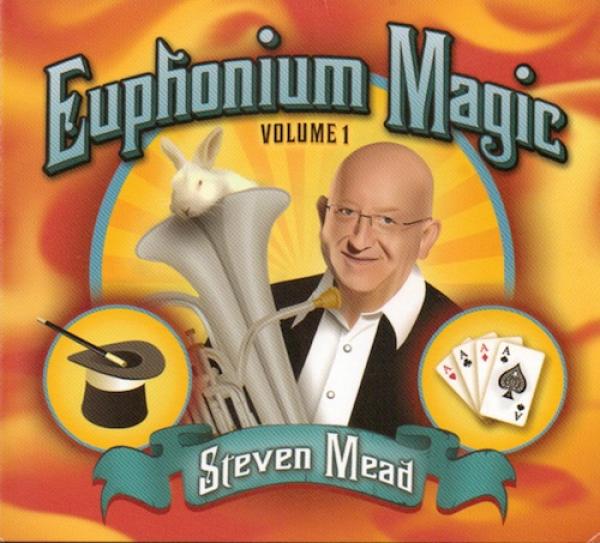
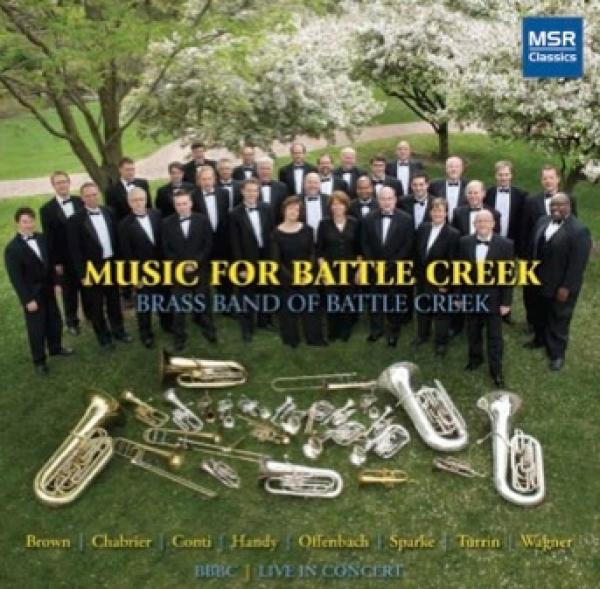

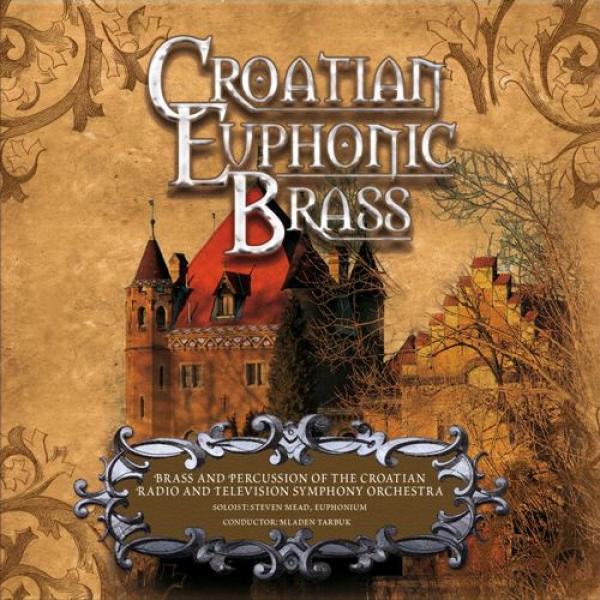
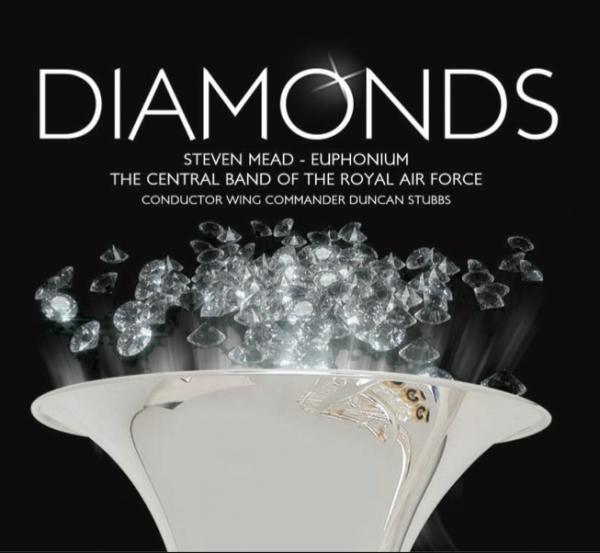
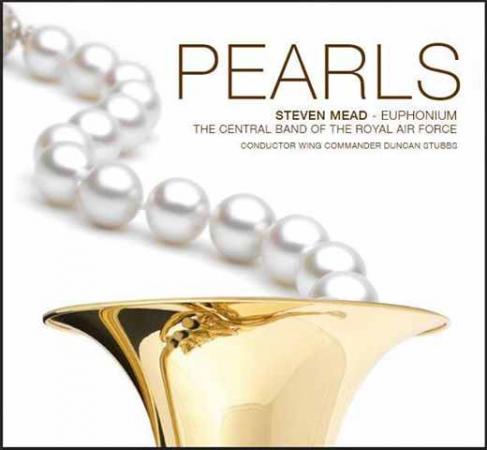
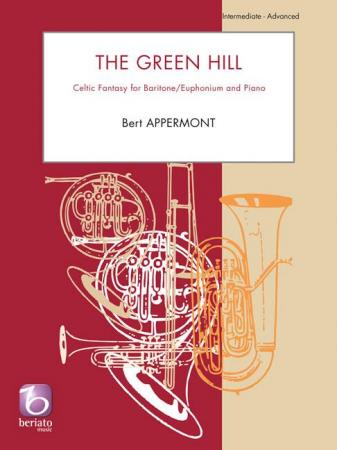


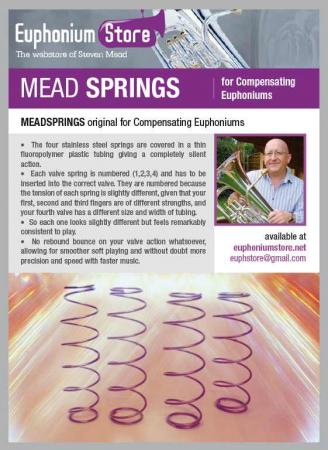
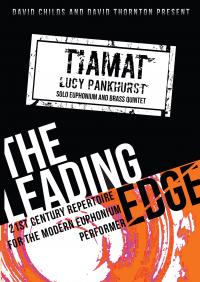
 In stock
In stock